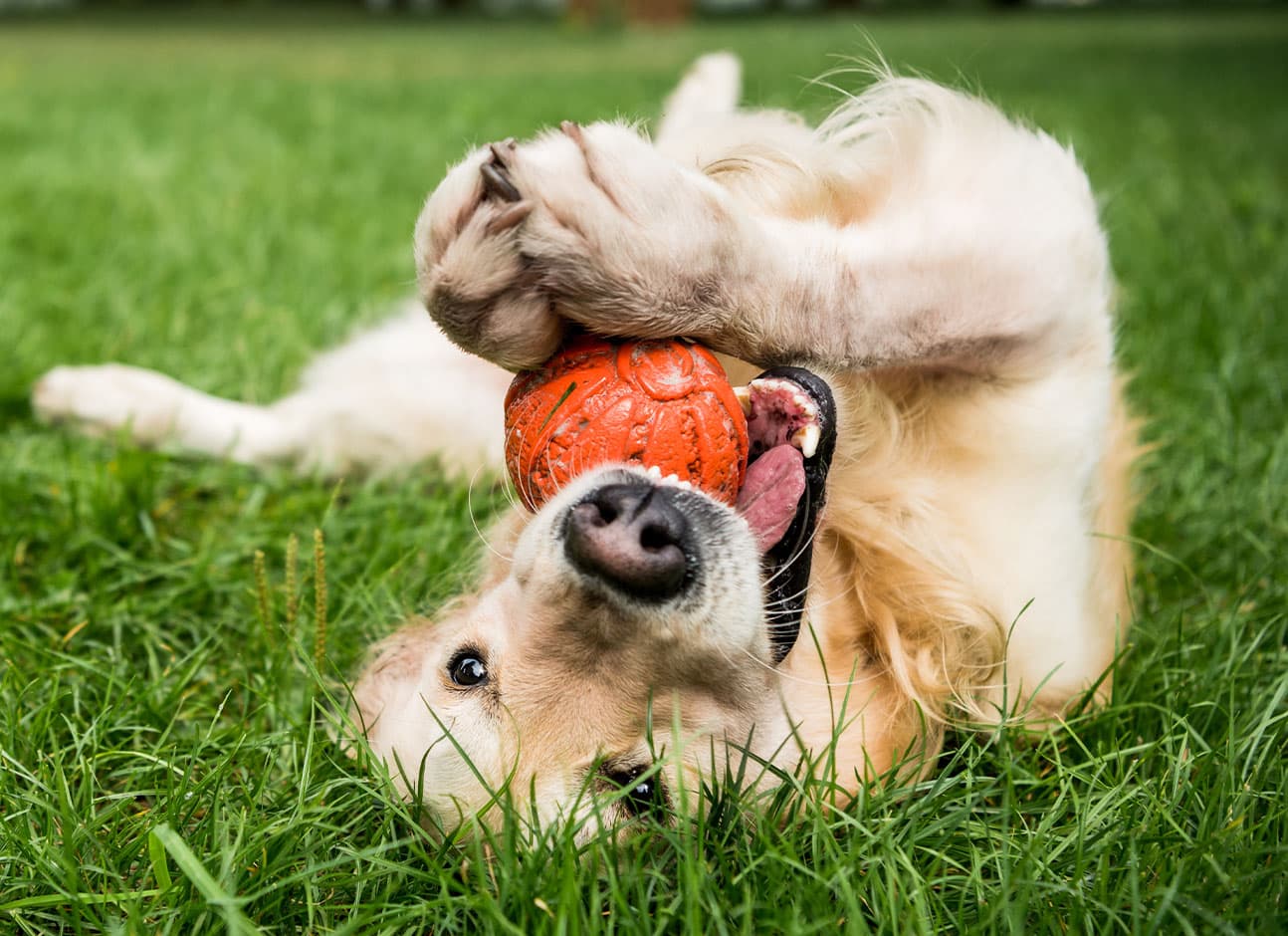As an owner of a four-legged companion, you may ponder the possibility of your pup getting fleas from the grass. Fleas are parasites that nourish themselves on the blood of canines and other animals and can produce a range of medical difficulties, including skin irritation, allergic reactions, and even anemia. In this article, we will investigate whether dogs can contract fleas from grass and what can be done to thwart and alleviate flea infestations in your beloved furry companion.
What are fleas, and how do they affect dogs?
Fleas are tiny wingless insects that abide on the dermis of dogs and other mammals. They can trigger pruritus, scraping, skin inflammation and disseminate disorders and parasites. Flea bites can give rise to allergic reactions, alopecia, and skin infections, and in austere cases, they can bring about anemia and even demise.
Can dogs get fleas from grass?
Fleas do not reside in the grass. Nonetheless, fleas can leap onto your dog from the grass. These ectoparasites can jump up to 150 times their body length, which means they can effortlessly launch themselves from the grass onto your dog as it traverses by. In addition, fleas can also reside in al fresco settings, such as parks and backyards, where dogs may spend time. Fleas can conceal themselves in the grass, soil, and other outdoor surfaces, anticipating a host to stroll by.
How to prevent flea infestations in dogs?
Preventing flea infestations is of the essence when it comes to your dog’s health and well-being. Here are some tips to avert fleas from infesting your dog:
Utilize flea preventive products: There is an abundance of flea preventive products available, including spot-on remedies, oral medications, and flea collars. These products can terminate fleas and thwart new flea infestations.
Keep your dog immaculate: Routine grooming and bathing can assist in eradicating fleas and preventing new infestations. Utilize a flea comb to extract fleas and flea eggs from your dog’s pelt.
Vacuum your domicile frequently: Fleas can conceal themselves in carpets, rugs, and other indoor surfaces. Vacuum your domicile regularly and launder your dog’s bedding and toys to preclude flea infestations.
Treat your backyard: If your dog spends time outdoors, treat your backyard with flea-control products. This can help prevent fleas from infesting your dog and your domicile
How to treat flea infestations in dogs?
If your dog has a flea infestation, you should take prompt measures to address it. Here are some steps to treat flea infestations in dogs:
Employ flea control products: Use flea control products that are innocuous and productive for your dog. Follow the instructions meticulously, and do not use products formulated for other animals or humans.
Bathe your dog: Administer a flea bath to your dog utilizing a shampoo devised to obliterate fleas. Rinse your dog thoroughly, and comb its coat with a flea comb to extract dead fleas and eggs.
Treat your domicile: Fleas can conceal themselves in carpets, furniture, and other indoor surfaces. Treat your domicile with flea control products, and launder your dog’s bedding and toys in hot water.
Follow up with your vet: If your dog has a severe flea infestation or an allergic reaction to flea bites, you should seek counsel from your veterinarian. Your veterinarian can prescribe medication or suggest other treatments to assist in your dog’s recovery.
Conclusion
Dogs can get fleas from grass, but it is not the most common source of flea infestations. As a pet owner, taking preventative measures such as using flea preventatives, keeping your yard and home clean, and avoiding contact with other animals that may have fleas is crucial. If you suspect your dog has fleas, acting quickly to prevent a larger infestation and protect your pet and home is important. By being proactive and taking preventative measures, you can help keep your dog healthy and free from fleas.
